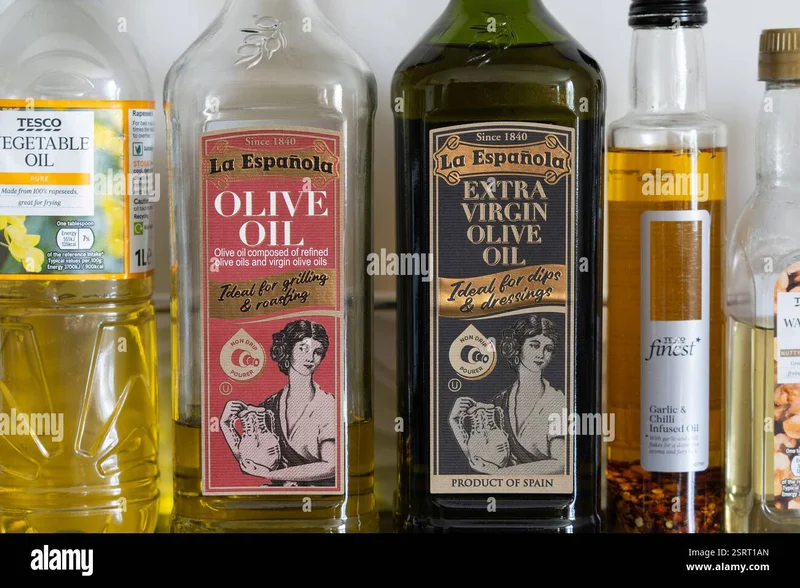Let’s talk about gold. No, really. I know what you’re thinking—I’m the guy who writes about quantum computing, AI, and the architecture of our digital tomorrow. A shiny yellow metal that people have been digging out of the ground for 6,000 years feels… well, analog. Almost ancient. Yet, when the `price of gold` smashes through $4,000 an ounce, soaring over 50% in a single year, you have to stop and ask a fundamental question: What is this ancient metal screaming at us about the future?
Because make no mistake, this isn't just another blip on a trader's screen. This is a signal. It’s a deep, guttural roar from the collective human psyche, a flight to the tangible in an age of dizzying abstraction. When I first saw the chart of central bank gold purchases laid against the dollar's declining global dominance, I had one of those moments that reminds me why I got into this field in the first place. It wasn't just data; it was a story about trust, about systems, and about the frantic, global search for an anchor in a storm.
The headlines are full of the usual suspects, of course. A sputtering labor market, a potential government shutdown, stubborn inflation, and the ever-present shadow of geopolitical conflict. Billionaire Ray Dalio is out there warning of a “civil war of sorts” and telling people to buy gold. This leads analysts to ask, Why soaring gold prices could be a warning sign for the economy? And they’re not wrong. But they’re also missing the bigger picture. They’re diagnosing the symptoms while ignoring the underlying condition.
The Last Roar of the Analog Tiger
What we're witnessing is the profound stress test of a global financial system built for the 20th century, now groaning under the weight of 21st-century pressures. For decades, the world has operated on a specific software: the U.S. dollar as the undisputed global reserve currency. It was stable, reliable, and backed by the most powerful economy on Earth. But that system is showing its age.
Central banks in China, India, and Turkey are now aggressively diversifying their reserves, a process called 'de-dollarization'—which is just a fancy way of saying the world is slowly, quietly looking for an alternative to the US dollar as its main savings account. You have a weakening dollar, central banks vacuuming up physical gold like there's no tomorrow, political turmoil at home, and global conflicts abroad—it's a perfect storm of uncertainty that sends people running for the oldest security blanket in human history.
Think of our current financial infrastructure as an old operating system, let’s call it FinOS 1.0. It’s been running for about 80 years, and for the most part, it’s worked. But now, the code is getting buggy. Transactions are slow. The system is vulnerable to political malware. And users are starting to lose faith that the developers (in this case, central banks and governments) can patch it effectively. So, what do people do when their OS gets unstable? They back up their most important files to a separate, offline hard drive.

That’s gold. It’s the ultimate offline storage for value. It’s not an investment in a brighter future; it’s an insurance policy against a turbulent present. The soaring `gold price today` isn’t a vote of confidence in gold, it’s a vote of no-confidence in everything else. But does this primal retreat to a physical asset mean our future is bleak? Does it mean we’re doomed to repeat the cycles of the past?
A System on the Brink of an Upgrade
Here’s where I think most of the analysis stops short. It sees the fear but misses the opportunity. This massive, global flight to gold isn’t the final chapter. It’s the prelude. It’s the clearest possible signal that humanity is desperately searching for FinOS 2.0.
The limitations of gold are obvious. You can’t easily transact with it. It’s heavy. It’s centralized in vaults. It’s an incredible store of value, but it’s a terrible medium of exchange for a digital, interconnected world. The `gold spot price` is a reflection of yesterday's solution to today's problems. And this is where the story gets exciting.
This global cry for a reliable, sovereign, and trustworthy store of value is precisely the problem that a new generation of technologies is trying to solve. The very existence of `bitcoin` and a universe of digital assets is a direct response to the cracks that gold is now illuminating. We are at a historical inflection point, much like the moment before the printing press, where the old way of storing and transmitting information (or in this case, value) is about to be completely upended by a technological paradigm shift.
The current `gold stock price` frenzy isn't a sign that we're going backward. It's the opposite. It's the market screaming, with trillions of dollars, that the world is ready for a new system. A system that has the scarcity and reliability of gold but is also digital, programmable, and native to the internet. Is that `bitcoin`? Is it something else? We don’t know for sure yet. But the demand, the raw, undeniable global hunger for it, has never been clearer. The question is no longer if we need an upgrade, but what that upgrade will look like.
A Glimmer of What's Next
So, should you rush out and buy gold? That’s a financial decision, and I’m a technologist. But what I see in this unprecedented gold rush isn’t an ending; it’s a beginning. It’s the deafening sound of an old world order cracking under pressure, creating the space for a new one to be born. The real story isn’t the price of a metal. It’s the value of trust, and the incredible human ingenuity that, when faced with a failing system, doesn’t just retreat—it gets to work building a better one.

